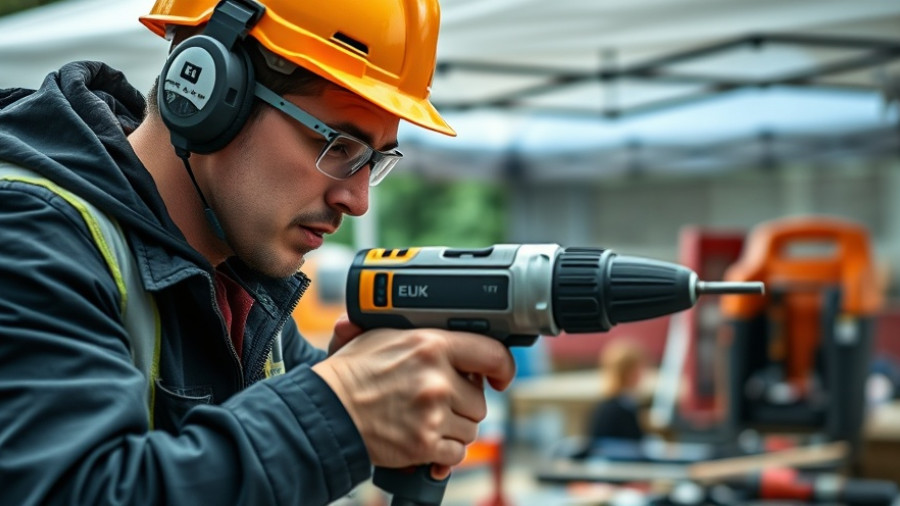
Understanding the Risks: The Unique Challenges of Roofing Safety
Roofing is not just about installation and aesthetics; it’s a high-risk profession that demands rigorous safety measures. According to OSHA, falls are the leading cause of injuries and fatalities in the roofing industry. With workers exposed to potential hazards such as high heights, improper equipment use, and extreme weather conditions, the need for enhanced safety protocols is more critical than ever for business owners, property developers, and facility managers.
Preventing Falls: Training and Compliance are Key
Preventing falls is the cornerstone of any roofing safety program. Research conducted by the Bureau of Labor Statistics shows that failure to implement effective fall protection systems can result in substantial financial penalties—well over $100,000 for companies ignoring this crucial aspect of safety. Effective fall protection doesn’t just involve compliance; it requires continuous training and awareness among crew members. Regular drills and updates on safety protocols can make all the difference in ensuring each worker returns home safely. Companies like Turner Morris emphasize the importance of regular training, fostering a culture of safety that not only fulfills legal requirements but prioritizes the well-being of their team.
Ladder Safety: Don't Take It for Granted
Ladders are indispensable tools for roofers, yet improper use often leads to injuries. Statistics reveal that ladder misuse is a common cause of accidents on job sites. Therefore, selecting ladders that meet OSHA standards and ensuring their correct placement is essential. Following the 4-to-1 rule (placing the ladder one foot away from the wall for every four feet of height) can help guarantee stability and safety. Furthermore, rigorous maintenance checks can prevent injuries caused by defective ladders, reducing the likelihood of costly accidents.
Heat and Cold Stress Management: Protecting Workers Year-Round
Working at extreme temperatures is another critical challenge for roofing professionals. Heat stress management is essential during summer months, where dehydration could lead to serious health risks, including heat stroke. Equally, cold weather necessitates precautions against hypothermia and frostbite. Proactive measures, such as providing hydration stations in hot months and thermal gear in colder conditions, show workers that their safety is the highest priority. Companies leading in safety practices have reported improved productivity due to reduced injuries and higher worker morale.
Impact on Your Business: The Financial and Ethical Imperatives
Investing in safety is not merely a compliance mandate; it’s a smart business strategy. The costs associated with workplace injuries can be astronomical—not only in terms of fines, which can exceed hundreds of thousands of dollars—but also in terms of lost productivity, legal fees, and insurance premiums. By prioritizing safety, businesses enhance their reputation, attract quality talent, and potentially lower insurance costs. Sustainable roofing practices, as well as stringent safety protocols, contribute to lower overall operational costs while maximizing project success, making compliance not just an obligation but a pathway to profitability.
Conclusion: Safety First for Sustainable Practices
For business owners and facility managers in the roofing industry, understanding the nuances of safety regulations and best practices is essential. As the risks mount, so does the responsibility to protect every worker on the job. By investing in robust safety training, enforcing strict equipment standards, and fostering an organizational culture focused on health and well-being, the roofing sector can not only comply with safety regulations but also build a sustainable and profitable future. Remember, proactive measures today can prevent dire consequences tomorrow.
 Add Row
Add Row  Add
Add 




Write A Comment